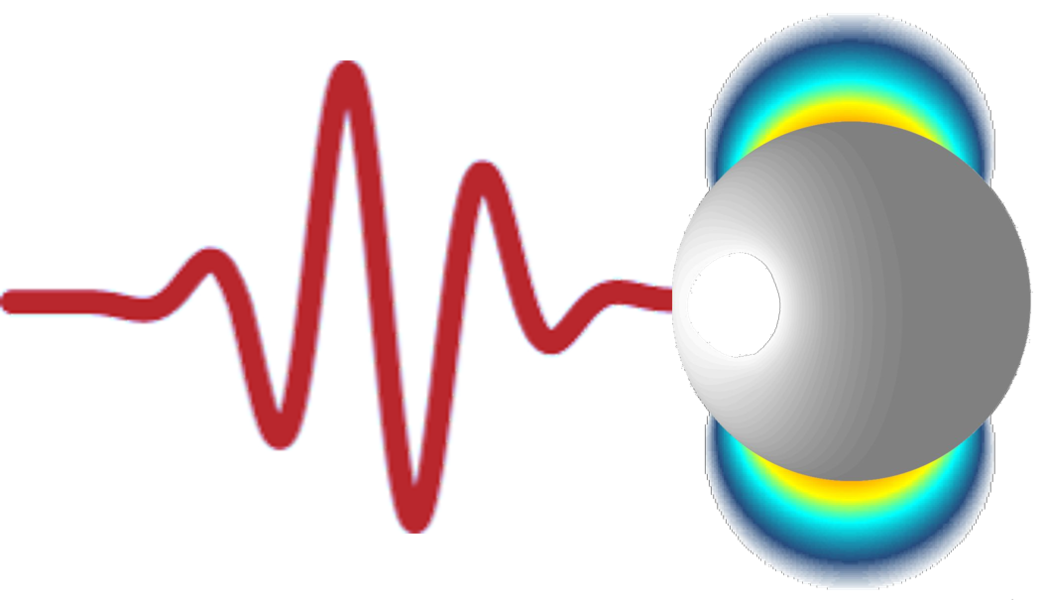Research
Increasing the speed of electronics
The fastest timescale of electron motion within nanostructures is attoseconds (1 attosecond = 10-18 seconds). We have pioneered the field attosecond nanophotonics and are currently conducting research to extend the state-of-the-art to multi-dimensional spectroscopies, x-ray emission and scattering using intense attosecond XFEL pulses. We aim to explore the dynamics of many-electron effects, including correlation-driven and collective effects. A particularly important open question is the transition from many-body quantum physics to classical dynamics. This will largely impact applications of nanosystems in optoelectronic devices used in ultrafast electronics and computing. As an example, ultrafast plasmonic circuitry can overcome current limitations in resistive electronics and might open an avenue towards quantum computing at ambient temperature.
We aim to develop, expand, and exploit field-resolved spectroscopies towards higher frequencies in the THz and PHz domains. Opening up these frequency ranges will enable sensitivity to a manyfold of vibrational and electronic transitions in organic electronics and 2D-materials. Field-resolved spectroscopy is a powerful technique that permits addressing the sub-cycle response of a solid to a lightfield. Exploring and controlling many-body excitations and scattering dynamics opens a path for optimized energy conversion in optoelectronic devices. The sub-cycle control of a device builds the basis for lightwave electronics, which may push the speed of computing to its ultimate limit.

Photonics for a sustainable future
We also address the question, how aerosolized particles can enable and catalyze light-induced chemical processes. We have pioneered and are developing reaction nanoscopy, which is a powerful method for analyzing the surface chemistry on aerosols with nanometer spatial and femtosecond temporal resolution. We aim to advance this technique to solve fundamental questions in astro- and atmospheric chemistry. Among these are the mechanisms of chemical transformations under extreme conditions, where such particles are exposed to high-intensity or high-energy radiation.

Ultrafast Optics & Lasers
We engage in the development of high-average and high-peak power ultrashort light sources. These include optical-parametric chirped pulse amplifiers (OPCPAs) driven by high-power fiber, thin-disk and Innoslab amplifiers. We focus on ultrashort few-cycle pulse generation in the visible and mid-infared spectral region with stable and controllable electric field waveforms. The R&D efforts also include nonlinear tools for pulse characterization. Such capabilities are instrumental in addition to the facility-based light sources in our research on ultrafast nanophotonics, lightwave electronics, and ultrafast x-ray science.

